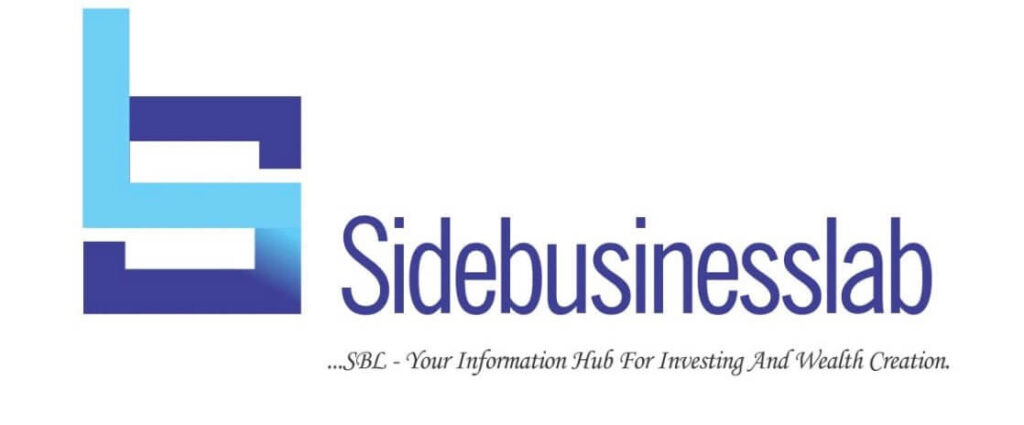Knowing the pros and cons of your HELOC is going to be one of your smartest decision this year. Looking to take advantage of your home equity? A home equity line of credit (HELOC) is one of your best options. With it, you can turn your home equity into cash and use the funds to remodel your home, take care of a medical emergency, or even pay off a credit card debt.
HELOC is a great credit option for most homeowners, as it allows them to withdraw funds when they need them. Even more, interest rates are charged only on the funds withdrawn. However, while many homeowners have only good things to say about HELOC, there are others who have experienced its drawbacks.
This article discusses the pros and cons of a home equity line of credit (HELOC). You’d also get to know some great HELOC alternatives that might be just what you need. But before we dive right into that, let’s find out what a HELOC is all about.
What is a Home Equity Line of Credit?
A home equity line of credit, or HELOC, is a home loan that gives you access to funds at low interest rates courtesy of your home equity. It’s a type of second mortgage that functions similarly to a credit card. Lenders allow you to make withdrawals up to a maximum amount during your draw period (usually 10 to 15 years) and charge you interest on the amounts withdrawn.
One of the most appealing features of a HELOC is the flexibility of withdrawal. You can withdraw any amount at any time, provided it’s within your approved limit. However, it also comes with variable interest rates, which can get messy over time. Therefore, it’s crucial that you weigh the pros and cons of a HELOC before delving into it.
Pros of a Home Equity Line of Credit
Most homeowners believe that the pros of HELOC outweigh its cons. While that may be true for some, there are homeowners who would vehemently disagree. Let’s look at some pros of HELOC:
Low Interest Rates
Most people use a HELOC to consolidate debts because of its low interest rates. The current average HELOC interest rate in the US is 7.72%. That’s far below the average rates on most personal loans and credit cards.
Furthermore, since the rates are flexible, you can have access to even lower rates depending on market fluctuations. Lenders also tend to offer lower interest rates to borrowers with high credit scores.
Lengthy Draw and Repayment Period
Most HELOCs have a draw period of 10 to 15 years and a repayment period of 5 to 20 years. That’s a lengthy period of time to take on loans and repay them without the fear of lenders breathing down your neck.
Since interest is charged only on the amounts withdrawn, HELOCs give you a certain level of security against emergencies. That means you’ll be confident in handling any situation that comes up in the future, as you’ll have access to funds whose costs only kick in when you touch them.
Flexible Payment Patterns
One significant advantage of HELOC over other credit options is the ability to make interest-only payments during the draw period. This gives you time to plan for the repayment period. However, you also have the option to start capital repayment during the draw period. This would even become better at the end, as you must have cut down on the capital and interest due.
Flexibility in Use of Funds
Unlike other credit options, HELOCs have no restriction on the use of funds. You’re free to use your HELOC for home remodeling, debt consolidation, medical bills, or even school tuition.
Improved Credit Score
Since you can use your HELOC for debt consolidation, you have the privilege of improving your credit score with it.
How do you go about improving your credit score with your HELOC? It’s quite simple. If your HELOC has a lower APR than your credit cards, you can use funds from it to clear the debts. Note that payment history and credit types are the two major components of your credit score. It is therefore simple to consistently make one-time monthly payments once all of your debts have been combined into one. With that, it’s only a matter of time before you see a massive boost in your credit score.
Tax-deductible interest
If you spent your HELOC funds on buying, building, or substantially improving your home, you’re eligible for tax-deductible interest. However, any other use of the funds aside from those mentioned above is subject to taxable interest payments.
Also read:
Cons of a Home Equity Line of Credit

Though the pros of HELOC are numerous, it also comes with some obvious cons. Here are some of them:
Variable Interest Rates
It’s no surprise that one of the key pros of HELOC also happens to be one of its cons. HELOC’s variable interest rates can be all fun and games when they turn in your favor. However, the moment it shifts against you, it becomes unbearable.
When making payments, you’re bound to do so based on the current interest rate. And since these rates are tied to the prime rate, you might end up paying an increase of 1 or 2% on what you received.
Risk of Home Loss
Putting your home on the line as collateral for a HELOC is one of the major cons of this loan type. Failure to pay your debts could result in the lender foreclosing on your home to repay the debt. Bearing this risk in mind when making withdrawals will save you lots of stress in the future.
Borrowing Limits
Your home equity determines the amount you can borrow on a HELOC. Most lenders do not give you loans beyond 85% of your home’s value. That means if your home is worth $300,000 and you owe $200,000 on your mortgage, you can only access $55,000 on a HELOC.
Additional Loans Costs
Another drawback of the HELOC is the additional costs involved. In addition to the interest, borrowers are expected to pay application fees, appraisal fees, annual maintenance fees, or closing costs. All these add up to the actual cost of obtaining the loan, which might be too much for you to handle.
However, not all lenders charge these fees. While some lenders waive some of them, others do not charge any of them at all.
Risk of Overspending
When you have lots of money lying around in your HELOC account, you need a great deal of discipline to not spend it on irrelevant things.
This is one of the biggest drawbacks of the HELOC because there would always be the desire to get an extra pair of shoes, buy the latest phones and cars, and all other things we don’t need.
Minimum Withdrawal Limits
Most lenders set a minimum withdrawal limit for the loans they make available to you. That means, in order to get the amount you need, you might need to withdraw more than you need. This extra doesn’t just become extra money you don’t need; it also becomes extra money you need to pay interest on.
Alternatives to a Home Equity Line of Credit
Before you take the risk of putting your home on the line for a HELOC, consider if there are better credit options available to you. Here are some options you might want to consider:
Personal Loan
A personal loan is a good credit option if you don’t want to risk losing your home. It’s an unsecured loan that comes as a lump sum with fixed interest rates and a fixed repayment period. However, because they are unsecured, they tend to come with higher interest rates than home equity lines of credit.
Cash-out refinance
A cash-out refinance replaces your existing mortgage with a bigger one and pays you the difference. The good thing about this is that since it replaces your existing loan, you still have just a one-time monthly repayment to do. And if you have a good credit score, you might receive a lower interest rate on the new loan.
Home equity loan
A home equity loan, also known as a second mortgage, is a loan that allows you to use your home equity as collateral to borrow money. It’s similar to a HELOC; however, the difference is that a home equity loan comes as a lump sum of money with a fixed interest rate and repayment period.
Conclusion
Knowing the pros and cons of each credit option you have, especially the HELOC, will save you lots of regrets in the future. This is because when you’re aware of what you’re getting into, it becomes easier to manage whatever comes with it.
With the help of this article, you should now be better equipped to weigh the pros and cons of a HELOC and make credit decisions.








[…] Read: The Pros and Cons of a Home Equity Line of Credit (HELOC) […]
[…] as traditional banks and even more. You’ll have options like term loans, equipment financing, business lines of credit, and other varieties of business […]